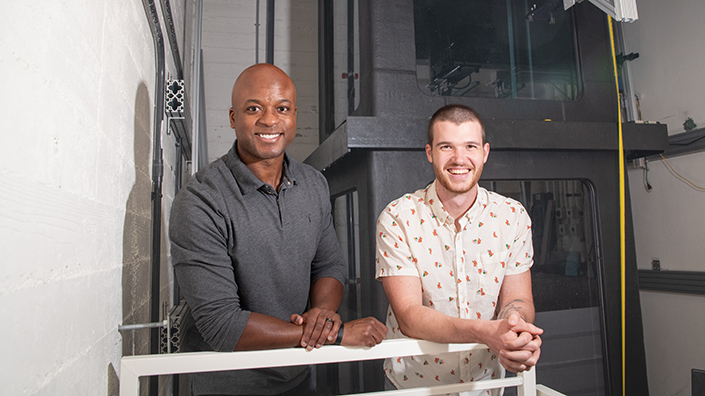Articles
Jellyfish, on the other hand, are more than capable of plumbing the deepest depths. With simple bodies made of 95% water, they can even swim in the Mariana Trench 11km below the surface, where the pressure is more than 1,000 times heavier than the atmosphere.
They are ideal candidates, therefore, to explore the parts of the ocean where humans cannot go – and they could get even better, thanks to a project adding artificial enhancements to the biological creatures at the California Institute of Technology (Caltech).
Cyborg sea creatures
Starting as a project to make swimming robots for underwater data collection, the research in John Dabiri’s lab turned to developing ‘biohybrid robotic jellyfish’ owing to the engineering challenges of withstanding high pressure.
The team implanted moon jellies with an electronic pacemaker that controls the speed at which they swim. A jellyfish swimming three times faster than it normally does uses only twice as much energy.
Recent work added a hat-like attachment called a ‘forebody,’ designed to make the cyborg creatures more streamlined while also providing a place for sensors and other electronics.
After a lot of prototyping, three forebodies were 3D printed out of PLA (polylactic acid) and waterproofed using a two-part epoxy resin. Tests showed that a jellyfish equipped with the pacemaker and forebody could swim up to four-and-a-half times faster than an all-natural jelly carrying a payload.
At the moment, the biohybrid creations can only swim in a straight line, but lead research author Simon Anuszczyk hopes they might be steerable in future using ‘asymmetrical stimulation’ – only stimulating one side of the body, or both sides with a slight time delay.
“We’ve seen this in the lab here, but carefully matching the centre of buoyancy and the centre of gravity such that the animal is able to rotate reliably in any orientation is an engineering challenge for us now,” he says.

John Dabiri (left) and Simon Anuszczyk in front of the vertical tank
Evolutionary advantage
The goal of the research is to use the cyborg jellyfish as data gatherers, sending them into the oceans to collect information about temperature, salinity and oxygen levels. The total cost is just $20 per animal.
Such unusual work brings considerations that are outside the remit of most engineering projects. The animals do not have brains or the ability to sense pain, but the team has nonetheless worked with bioethicists to ensure that the work is ethically principled. Feeding time is another challenge, says Anuszczyk, although the creatures’ stingers are not strong enough to pierce human skin.
He adds: “It’s super exciting that we’re able to take advantage of 500 million years of jellyfish evolution. The evolution of animals has created some really cool engineering systems that are able to outperform our own systems.”
Want the best engineering stories delivered straight to your inbox? The Professional Engineering newsletter gives you vital updates on the most cutting-edge engineering and exciting new job opportunities. To sign up, click here.
Content published by Professional Engineering does not necessarily represent the views of the Institution of Mechanical Engineers.